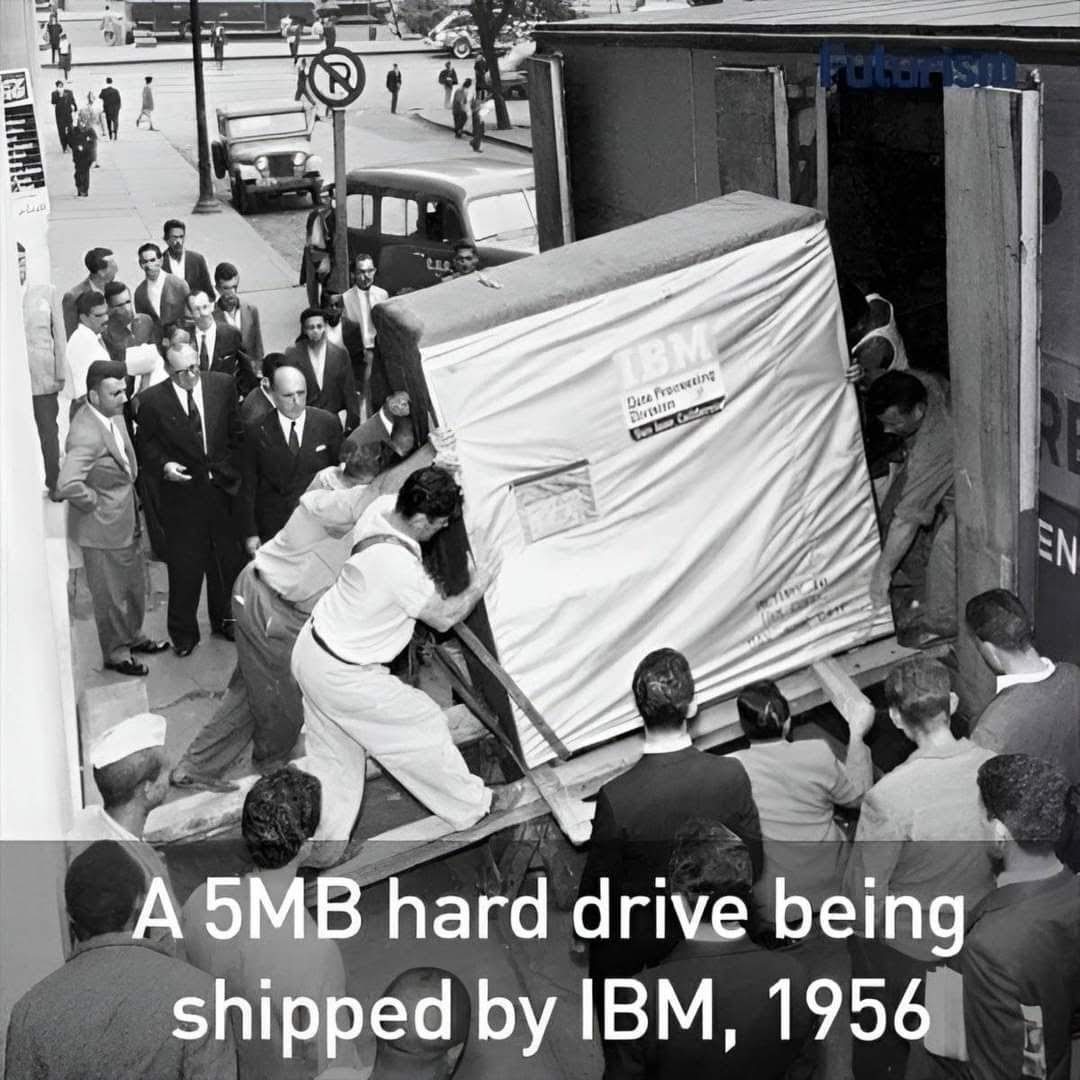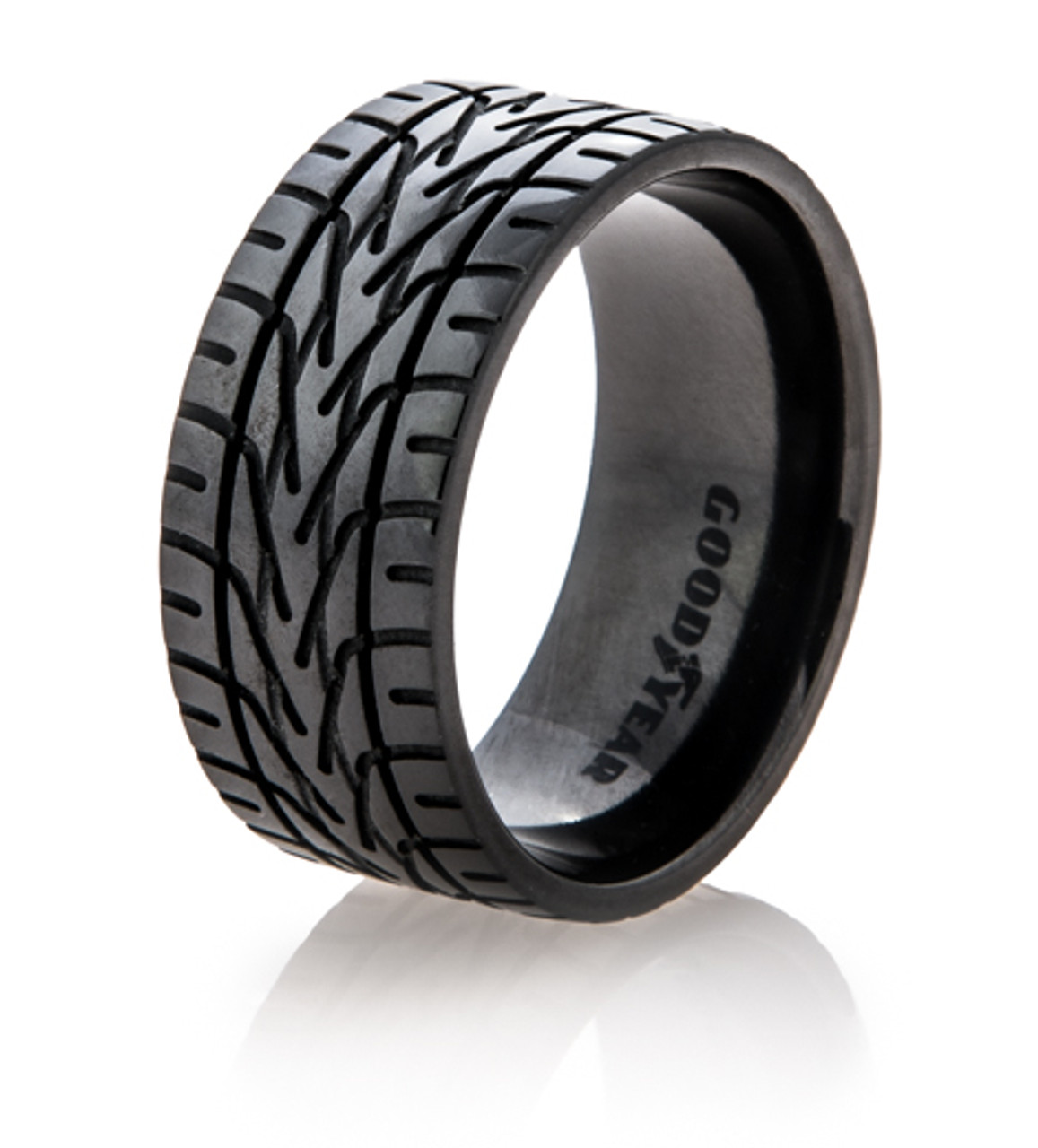
She looks like she KNOWS you’re thinking of taking one single punchcard from the middle of the pile, thus rendering the whole thing useless.
And she’s not having your shit.
Yes, she certainly has the look of someone who knows what a huge amount of work these piles of cards represent. There would have been no turbulent kids running around these.
Look at those forearms. Absolutely she knows how much work this is. Also absolutely she numbered them all in pencil.
She lives in the Mary Poppins house and has to stabilize her stack of cards like this every time the neighbour fires the canon.
one can number them with a pen, and then find the missing one or guess what was there
Ooohh, did they have any redundancy in them?
Yes, it’s called human brain. If it makes sense that a missing punch card would contain jump to address from some register, then make another one such.
I’m joking.
All your need to do is drop in one card randomly with all the holes punched out to screw up those things… there was a name for doing that to be a dick but I forgot and am drunk right now so I don’t feel like looking it up.
Who is this programmer?
i copied that image from the article of the post without reading that article itself. But, since you asked, i went in that article … and all i could find is this :
The image of 62,500 punched cards neatly stacked in rows serves as a reminder of the immense physicality involved in early computing.
So, unfortunately, the nice lady might just be a “banana for scale” here 😯 !
The average modern website takes more than this per page to display its content… it’s absurd.
The average modern website steals more personal data than this from you when you visit
And most can be replaced with nothing with no loss in value

Is the nice lady still inside?
With all the onlookers.
deleted by creator
Seems about right. One card had 80 columns, a byte for each one, so 5,000,000 bytes divided by 80 would be 62,500 cards.
deleted by creator
I remember our first personal computer had 40 columns on the screen, but we ended up getting an 80 column graphics card for it.
I taught myself basic, but the first language I took in college was fortran, and it was on cards. A bit of an aberration: they had moved on to somewhat more modern equipment, but the lab was being upgraded, so they reverted you the card system for a semester temporarily. It was out of date, but not wildly so at the time.
One line of code was called a card - - if I remember correctly that was 1,000 years ago, maybe less, i’m not sure now 😆. Thanks for recalling me the 80 characters per line, fond memories, takes me way back.
Well, it might or not be a line of code - depends a lot on the language. It’s 80 bytes, and a byte is one character. You could have continuation cards if your line was more than 80. That wasn’t ever needed for assembly language, rarely for Fortran, but very common for COBOL.
I’m over here managing a local back up of about half a TB of pics and videos. Also - I moved from Google Photos to Ente. So much data and I know people out there have way more than I do. Crazy to think about.
With that even less you could run the internet
It still looks like that but it did then, too.
What would be truly amazing would be a 5MB variant of this picture so no matter what it always looks like 5MB
Wouldn’t it look the same printed out today? Aren’t punch cards just binary?
maybe you missed the point






